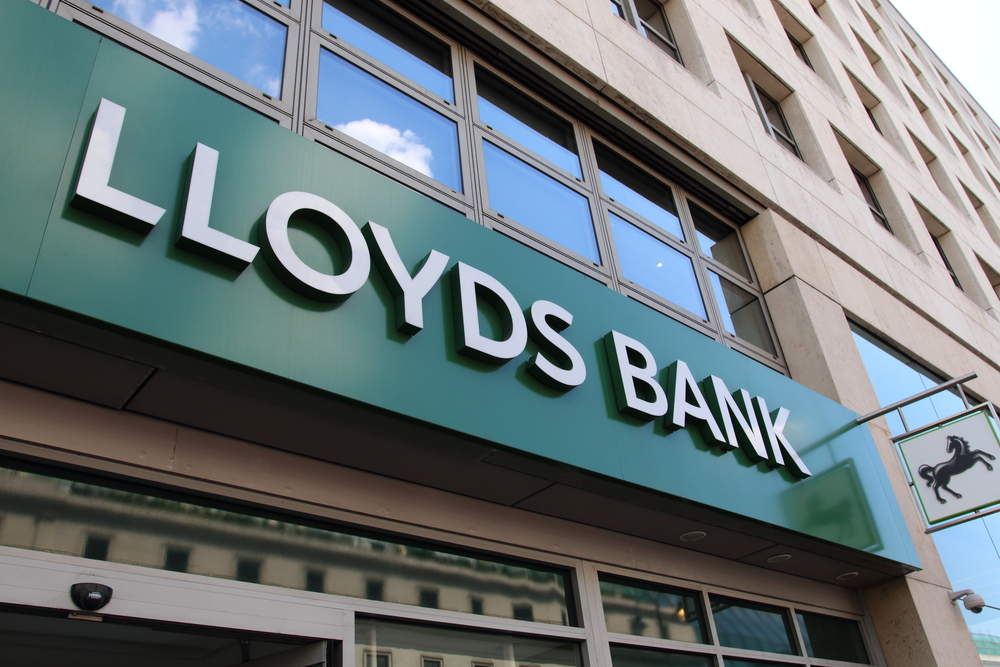
Not a genuinely new investment approach, risk parity asset allocation has eventually found its way to Asia. Lombard Odier Investment Managers’ deputy global chief investment officer Jean-Louis Nakamura argues the case of risk parity over a traditional equity-centric asset allocation. Thomas Zink reports.
Traditional asset allocation models face limitations given a shortening investment horizon of investors and growing doubts over the equity-centric allocations given the difficult way out of the financial crisis.
Lombard Odier, Investment Managers’ deputy global chief investment officer Jean-Louis Nakamura says: "It is a reality that investors no longer look at long-term investments with 10- to 15-year horizons. When the portfolio is hit by a shock in the equity markets, investors quickly throw long-term strategies overboard. Long-term is becoming more and more a succession of short-term investment horizons."
Traditional asset allocation is based on assumptions about expected returns, expected risk and cross relations between the two. Nakamura says: "There is a high likelihood that those assumptions were wrong in the first place, or turn wrong over time. There is even a higher likelihood that the assumptions may be right for a five-year horizon, but wrong for the next six months. Static weights ignore the fact that the risk environment is not stable over time. Today we are in an era of change driven by regulation, investor sentiments and the bank management."
Traditional portfolios usually are equitycentric often following a 60/40 allocation. Equities however have been the key driver of volatility in the last decade. With such an asset allocation it is almost impossible for investors to avoid a downturn. Nakamura says: "The equity component brings down the overall portfolio. Looking at the last decade, equities showed a negative performance. As a result, this approach is more of a dilution, rather than a diversification."

How well do you really know your competitors?
Access the most comprehensive Company Profiles on the market, powered by GlobalData. Save hours of research. Gain competitive edge.

Thank you!
Your download email will arrive shortly
Not ready to buy yet? Download a free sample
We are confident about the unique quality of our Company Profiles. However, we want you to make the most beneficial decision for your business, so we offer a free sample that you can download by submitting the below form
By GlobalDataWhat is risk parity?
A risk parity asset allocation is a systematic investment strategy allocating risk rather than capital. It seeks diversification by equalizing the risk contribution of each underlying component of a portfolio.
Nakamura explains: "There are considerable imbalances of risk given the multiple asset classes in a portfolio. Risk-parity follows a different logic. Risk parity means that I do not care about the optimal risk weights, and I do not want to know about the expected returns. Instead I want to have the most diversified portfolio. This means no asset class should pose a higher risk to the overall portfolio than others."
This strategy results in an asset allocation gearing more towards low volatility assets and for that reason also lower returns.
Investors with long term return expectations of more than 6% PA need to leverage their portfolio to meet the objective. A leverage factor of 2:1 is usually sufficient for a risk parity portfolio to deliver an expected return of 10% PA.
Nakamura says: "If you want to increase returns, you can double your exposure to equity. Following risk parity you also have to double your exposure to bonds. Any return can be achieved by doing so. However, I would not recommend to go beyond 100% leverage in high risk assets."
A properly balanced and diversified portfolio should consider the entire span of the economic cycle and therefore must be protected against periods of inflation shock and economic weakness, as well as to benefit from periods of global growth.
Each asset class will deliver a specific risk premium throughout the cycle. In a high inflation environment for instance, commodities achieve the highest risk premium.
To maintain risk parity, a portfolio needs to undergo dynamic rebalancing to adapt to changes in the operating environment.
Limitations to the approach
Critics say the approach has done well in the last decade, mainly because bonds have done well. Hence it may not be the best time to switch to a risk parity approach today, given potential risks to bond markets in the future. Nakamura confirms that the positive bond markets certainly benefited risk parity portfolios, but argues that this was rather a bonus, than the underlying reason for the success of the model.
He says: "Over the last 18 years the Sharpe ratio of bonds has been much higher than that of equities and commodities. Even in a bearish bond market the risk parity approach might still perform better than a traditional portfolio. But I agree that investors should not bet everything on a single card. There are potential scenarios where the traditional approach may deliver much better results, such as for instance in times of high growth and high inflation."
Another limitation to the model is that in order to achieve higher returns a portfolio needs to be leveraged. Many institutional investors, such as pension funds for instance are not allowed to use leverage, leaving them with low to medium returns.
Asian Players moving to risk parity Though risk parity is still at an early stage in Asia, it already has traction in East Asia. Risk parity started in the US about 20 years ago and found its way to Europe only after 2008. Today it is still dominated by large institutional players, but it increasingly is adopted by family offices and private banks.
In East Asia the approach has been spreading fast, particularly in Japan and Korea where many banks have started to offer risk parity products to HNWIs. In China, sovereign funds have started to follow the approach, such as the National Social Security Funds.
Nakamura says: "Southeast Asia seems to be a bit slower, but in the last 12 months we have seen more activity from private banks and family offices.
"Lombard Odier launched a risk parity mutual fund with low leverage in Singapore last January. 100% of the assets were taken up by private banks."







